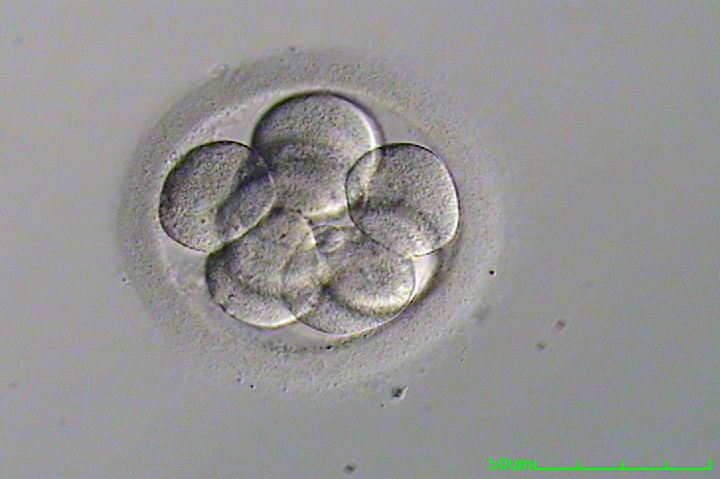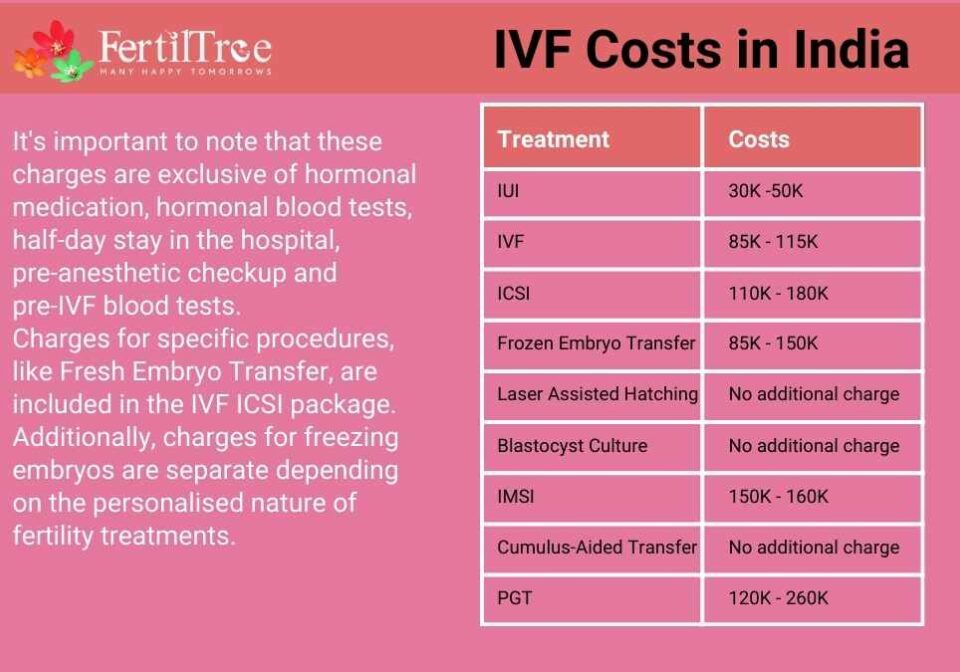
How Many Eggs Are Cultured in the IVF Process?
April 9, 2025
Which Is Associated with IVF-ET? Exploring In Vitro Fertilization and Embryo Transfer
April 10, 2025Will TRICARE Cover IVF? Your Guide to Fertility Benefits for Military Families

Will TRICARE Cover IVF? Your Guide to Fertility Benefits for Military Families
Starting a family is a dream for many, but for military families, the journey can come with unique challenges. If you’re covered by TRICARE, the health insurance program for U.S. military members, retirees, and their dependents, you might be wondering: Will TRICARE cover in vitro fertilization (IVF)? It’s a big question, and the answer isn’t as simple as a yes or no. Fertility treatments like IVF can be a lifeline for couples struggling with infertility, yet navigating TRICARE’s rules can feel like decoding a secret mission. Don’t worry—I’ve got your back! This guide will walk you through what TRICARE does (and doesn’t) cover, share real stories from military families, and give you practical tips to make your family-building dreams a reality.
By the time you finish reading, you’ll have a clear picture of your options, plus some fresh insights that go beyond the basics. Whether you’re an active-duty service member, a spouse, or a retiree, this article is packed with everything you need to know about TRICARE and IVF in 2025.
What Is IVF, and Why Does It Matter to Military Families?
In vitro fertilization, or IVF, is a medical procedure where an egg is fertilized by sperm outside the body, then placed into the uterus to grow into a baby. It’s one of the most effective treatments for infertility, a condition that affects about 1 in 8 couples in the U.S. For military families, though, infertility can hit even harder. Studies show that service members face higher rates of fertility challenges—sometimes double that of civilians—due to stress, deployments, and exposure to hazards like toxic chemicals or blast injuries.
Imagine you’re a soldier stationed overseas, juggling long hours and unpredictable schedules, or a spouse managing life during your partner’s deployment. Adding infertility to the mix can feel overwhelming. IVF offers hope, but it’s expensive—often costing $12,000 to $25,000 per cycle out of pocket. That’s why understanding TRICARE’s coverage is so crucial for military families. It’s not just about money; it’s about whether the system that supports you in service will also support your dreams of parenthood.
TRICARE’s Basic Stance on IVF: What’s Covered and What’s Not
Let’s get straight to the point: TRICARE doesn’t cover IVF for most beneficiaries. It’s a tough pill to swallow, but it’s the starting line for understanding your options. Here’s the breakdown of TRICARE’s general policy as of April 2025:
- What TRICARE Covers: TRICARE pays for diagnostic tests to figure out why you’re having trouble getting pregnant. Think blood tests, hormone checks, semen analysis, or ultrasounds. If there’s a physical problem—like blocked tubes or low sperm count—TRICARE may also cover treatments to fix it, like surgery or medications. These are considered “medically necessary” services.
- What TRICARE Doesn’t Cover: IVF, intrauterine insemination (IUI), egg or sperm freezing (cryopreservation), and other “assisted reproductive technologies” (ART) are off the table for most people. TRICARE sees these as elective, not essential, so you’re usually on your own for the bill.
This policy has been a sore spot for years. Many civilian insurance plans—like those offered by big employers or the Federal Employee Health Benefits (FEHB) program—cover IVF to some degree. In 2021, about 47% of large companies offered it, and FEHB plans now include up to $25,000 in IVF benefits for federal workers. TRICARE, though, lags behind, leaving military families feeling shortchanged.
A Real-Life Example
Take Sarah, an Army spouse I spoke with recently. (Names are changed for privacy.) After two years of trying to conceive, she and her husband, a staff sergeant, learned he had a low sperm count—possibly linked to his time near burn pits in Iraq. TRICARE covered the tests and even a surgery to improve his condition, but when that didn’t work, their doctor recommended IVF. The $15,000 price tag? Not a penny was covered. “We’ve given so much to this country,” Sarah said. “It stings that TRICARE won’t help us with this.”

Exceptions to the Rule: When TRICARE Might Cover IVF
Here’s where things get interesting. TRICARE does have exceptions for IVF coverage, and they’ve expanded a bit in recent years. If you’re an active-duty service member with a severe injury or illness from your service, you might qualify. Let’s unpack this:
The Supplemental Health Care Program (SHCP)
In 2024, the Department of Defense (DoD) updated its policy to broaden access to IVF for certain active-duty members. Under the Supplemental Health Care Program, you could get IVF covered if:
- You suffered a “serious or severe” injury or illness while on active duty (like a combat wound or toxic exposure).
- That injury directly caused your infertility (meaning you can’t conceive without ART).
- You’re still on active duty when you seek treatment.
This change opened the door for unmarried service members and same-sex couples, too. Before March 2024, IVF was only for married heterosexual couples using their own eggs and sperm. Now, donated eggs, sperm, or even surrogacy (with limits) can be part of the deal. The catch? You have to prove the infertility is service-connected, and that’s not always easy.
Where You Can Get It
If you qualify, TRICARE prefers you use one of eight military hospitals with reproductive endocrinology programs. These include:
- Walter Reed National Military Medical Center (Bethesda, MD)
- Brooke Army Medical Center (Fort Sam Houston, TX)
- Naval Medical Center San Diego (CA)
- Tripler Army Medical Center (Honolulu, HI)
- And a few others across the U.S.
Services here are cheaper—sometimes $5,000 to $10,000 per IVF cycle versus $20,000+ at civilian clinics—but spots are limited, and waitlists can stretch months. If a military facility isn’t an option, TRICARE might cover private care with a network provider, but you’ll need approval first.
Numbers That Tell the Story
A 2024 DoD report estimated that about 1,500 active-duty members qualify for this benefit each year. That’s a small slice of TRICARE’s 9.6 million beneficiaries, but it’s a lifeline for those who do. Still, retirees, reservists, and dependents are left out unless Congress steps in (more on that later).

Why Doesn’t TRICARE Cover IVF for Everyone?
You might be wondering: Why is TRICARE so strict? It boils down to policy, priorities, and money. The DoD views healthcare through a mission-focused lens—keeping service members fit to fight. Infertility treatments like IVF, while life-changing, aren’t seen as critical to that goal. Plus, expanding coverage to all beneficiaries could cost billions, straining an already tight budget.
But there’s pushback. Advocates argue that fertility care is a quality-of-life issue tied to retention. A 2021 Blue Star Families survey found 42% of active-duty families faced family-building challenges, and 77% of workers (civilian or military) say they’d stay with an employer offering fertility benefits. With recruitment struggles hitting the military hard in 2025, some say IVF coverage could be a game-changer.
What’s Changing in 2025? The Fight for Broader Coverage
Good news: The tide might be turning. The 2025 National Defense Authorization Act (NDAA), debated as of April 2025, includes proposals to expand TRICARE’s IVF coverage. Here’s what’s on the table:
- House Version: Would cover IVF for all active-duty members and their spouses, no service-connected injury required.
- Senate Version: Similar, but adds a pilot program with cash reimbursements for fertility treatments (though it ties in a four-year service commitment, which has critics up in arms).
Lawmakers like Rep. Sara Jacobs and Sen. Tammy Duckworth—herself an IVF mom and veteran—are leading the charge. In a letter obtained by Military.com in October 2024, they wrote, “Service members shouldn’t have to choose between serving their country and starting a family.” If these provisions pass, 2026 could bring a major shift.
A Poll to Ponder
What do you think? Should TRICARE cover IVF for all beneficiaries, or keep it limited to service-connected cases? Share your vote below—it only takes a second!
- ✔️ Yes, cover it for everyone
- ❌ No, keep it as is

Workarounds: How Military Families Afford IVF Without TRICARE
If TRICARE won’t cover IVF, you’re not out of options. Military families are resourceful, and plenty have found ways to make it work. Here are some strategies to explore:
1. Military Hospital Discounts
Even if TRICARE doesn’t pay, those eight military hospitals offer IVF at a fraction of civilian prices. A cycle might cost $5,000 instead of $15,000. Call ahead to check availability—spots fill fast.
2. Private Clinics with Military Discounts
Some fertility clinics, like California IVF Fertility Center, offer steep discounts for TRICARE families. Dr. John Zeringue, a former Air Force doc, told me his clinic cuts IVF costs by 30% for military patients. Shop around—many clinics nationwide do the same.
3. Financing and Grants
- Fertility Loans: Companies like Future Family offer loans with low interest rates for IVF.
- Grants: The Bob Woodruff Foundation’s Veterans In Vitro Initiative (VIVA) provides up to $10,000 for veterans with service-connected infertility. Resolve.org lists more options.
4. Crowdfunding and Community Support
Sarah and her husband raised $8,000 through a GoFundMe campaign supported by their Army community. “It was humbling,” she said, “but it showed us how much people care.”
Step-by-Step: Planning Your IVF Journey
- Get Diagnosed: Use TRICARE for tests to confirm infertility.
- Check Eligibility: Contact your regional contractor (like Humana Military or Health Net) to see if you qualify for SHCP.
- Research Costs: Compare military hospitals, discounted clinics, and financing.
- Build a Support Plan: Tap into grants, loans, or community help.
The Emotional Side: Coping with Infertility in the Military
Infertility isn’t just a financial hurdle—it’s an emotional rollercoaster. Military life adds layers of stress: frequent moves, deployments, and the pressure to “tough it out.” A 2023 study from the National Infertility Association found that military spouses report higher rates of anxiety during fertility struggles, often feeling isolated.
A Quick Self-Check
How are you holding up? Take a moment with this mini-quiz:
- Do you feel supported by your partner or community? (Yes/No)
- Are you sleeping okay, or is stress keeping you up? (Yes/No)
- Have you talked to someone—a friend, therapist, or chaplain—about this? (Yes/No)
If you answered “No” to two or more, it might be time to seek support. Military OneSource offers free counseling, and groups like Resolve connect you with others who get it.
Three Fresh Angles You Won’t Find Elsewhere
Most articles stop at coverage rules and costs, but there’s more to this story. Here are three points that dig deeper:
1. The Hidden Impact of Military Toxins
Burn pits, PFAS chemicals, and blast waves don’t just harm lungs or limbs—they can wreck fertility. A 2024 VA study linked toxin exposure to a 20% higher infertility risk in veterans. Yet TRICARE’s service-connected requirement often rejects claims without hard proof. Advocates want broader studies—could this be your leverage for coverage?
2. IVF as a Recruitment Tool
The military’s struggling to hit recruiting goals—down 15% in 2024, per DoD stats. Expanding IVF could attract and keep talent. Imagine a young couple choosing service knowing their family dreams are supported. It’s a bold idea lawmakers haven’t fully explored.
3. The Surrogacy Loophole
TRICARE won’t pay surrogates, but if your surrogate is a TRICARE beneficiary (like a dependent), her medical care—like prenatal visits—is covered. One couple I interviewed saved $10,000 this way. It’s a niche workaround worth discussing with your doctor.
Practical Tips: Making IVF Work on a Military Budget
Let’s get hands-on. Here’s how to stretch your dollars and boost your chances:
Budget Breakdown
| Expense | Civilian Cost | Military Hospital | Discounted Clinic |
|---|---|---|---|
| IVF Cycle | $12,000–$25,000 | $5,000–$10,000 | $8,000–$15,000 |
| Medications | $3,000–$5,000 | $1,500–$3,000 | $2,000–$4,000 |
| Diagnostic Tests | $1,000–$2,000 | Covered by TRICARE | Covered by TRICARE |
Actionable Advice
- Maximize TRICARE: Get all diagnostics done first—it’s free and builds your case.
- Negotiate: Ask clinics for payment plans or extra discounts if you’re upfront about your military status.
- Timing Matters: Plan treatment around deployments or PCS moves—delays can cost you.
Looking Ahead: What’s Next for TRICARE and IVF?
The 2025 NDAA could be a turning point, but don’t hold your breath—Congress moves slow. Meanwhile, grassroots efforts are growing. Trending on X in March 2025, military families shared stories with #TRICAREIVF, pushing for change. One post read, “Served 12 years, lost my chance at kids to toxins—TRICARE says too bad. We deserve better.” The noise is getting louder.
If you want to join in, contact your lawmakers or groups like the Military Officers Association of America (MOAA), which backs expanded coverage. Your voice could tip the scales.
Wrapping Up: Your Path to Parenthood
So, will TRICARE cover IVF? For most, not yet—but there’s hope on the horizon. Whether you qualify for an exception, tap into discounts, or rally for change, you’ve got options. Military life throws curveballs, but building your family doesn’t have to be a solo mission. Lean on your community, explore every avenue, and keep pushing forward.
What’s your next step? Maybe it’s a call to your TRICARE contractor, a chat with a clinic, or just taking a moment to breathe. Whatever it is, you’re not alone on this journey. Got a story or tip to share? Drop it in the comments—I’d love to hear from you!

